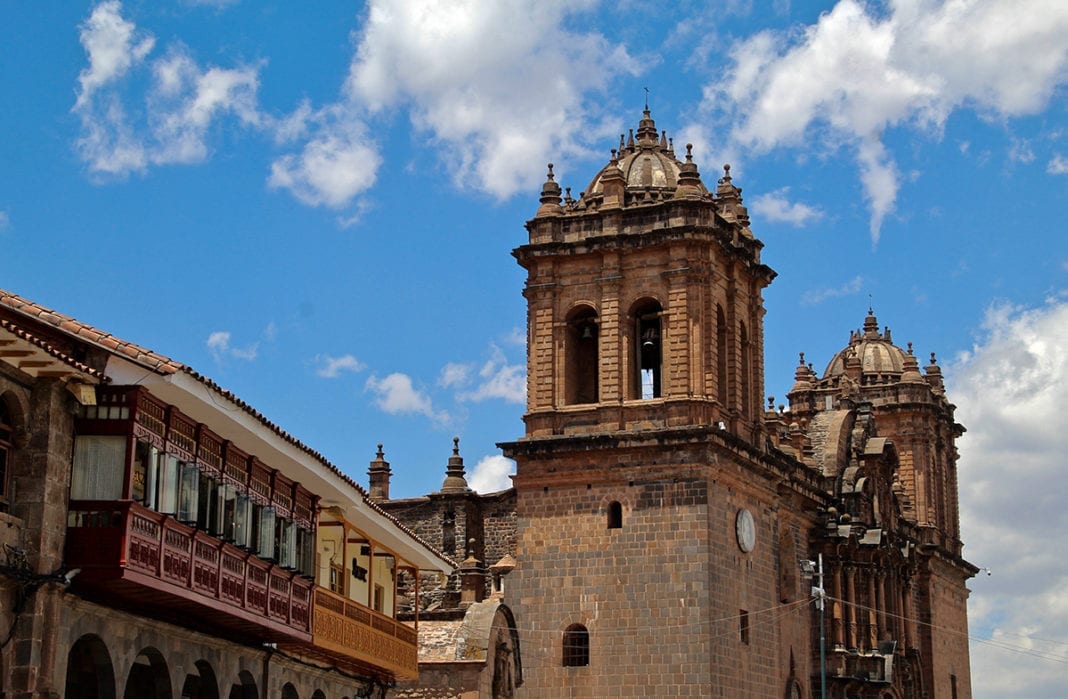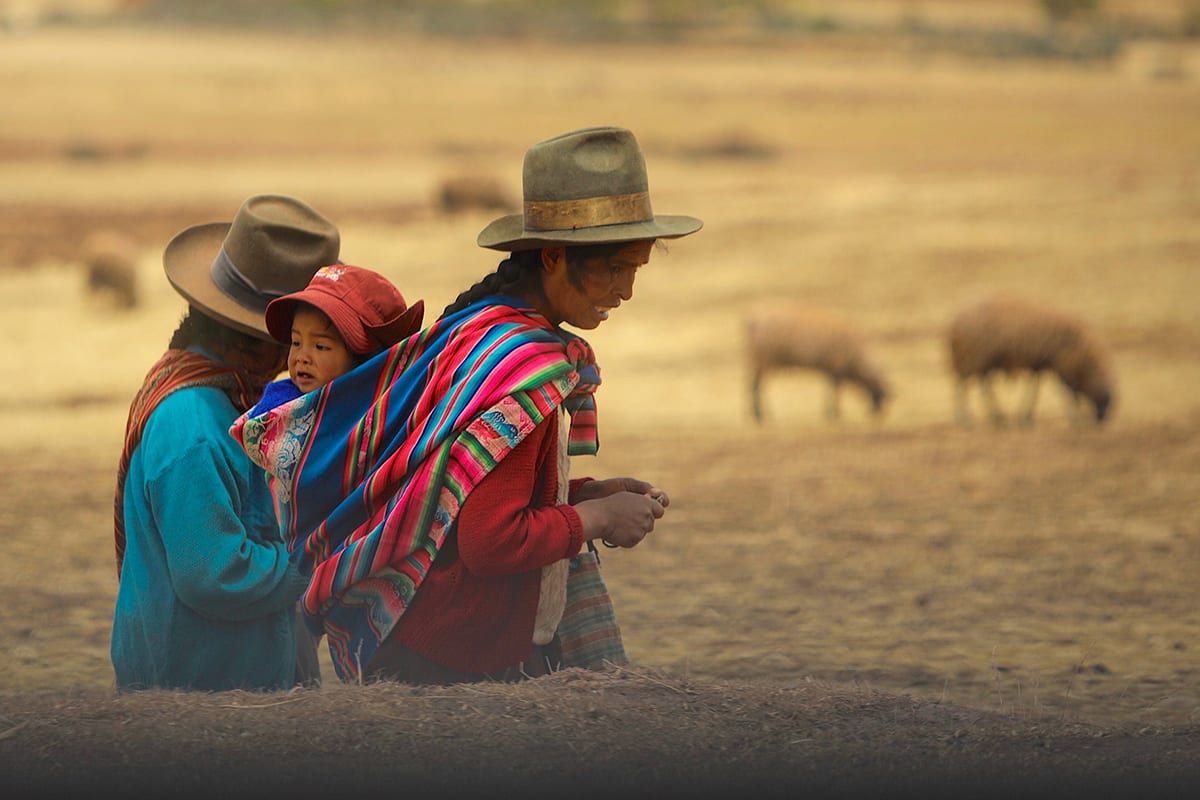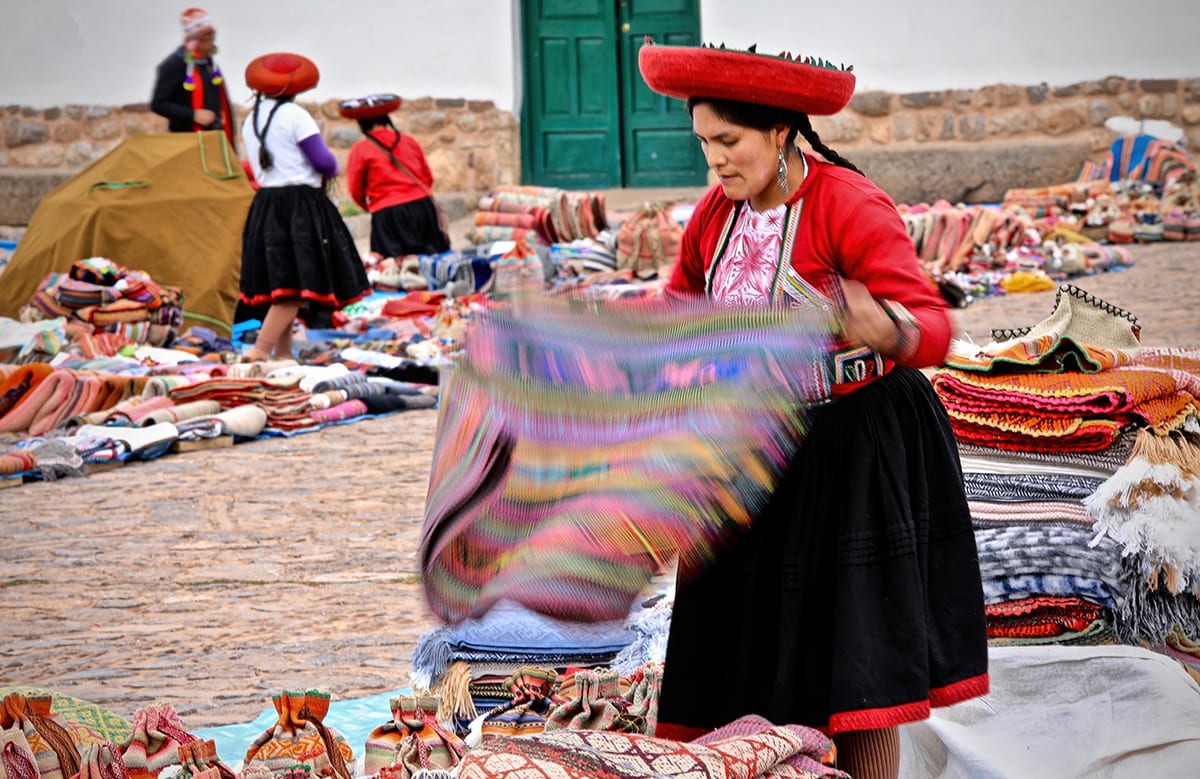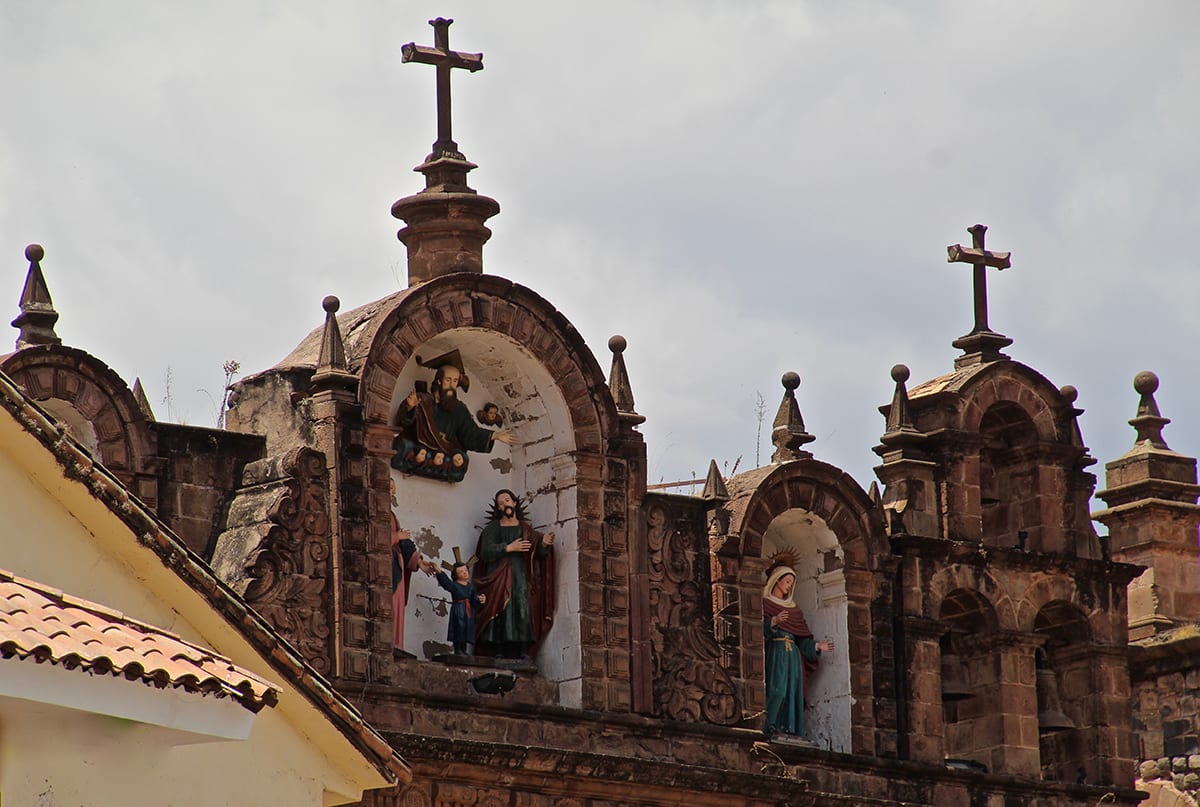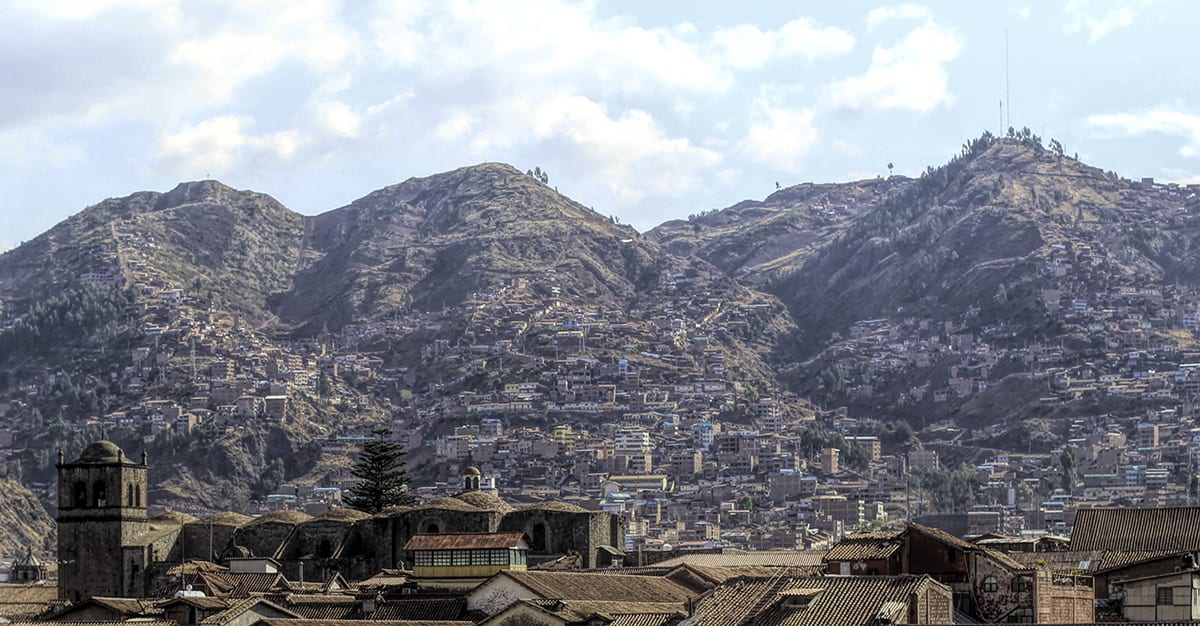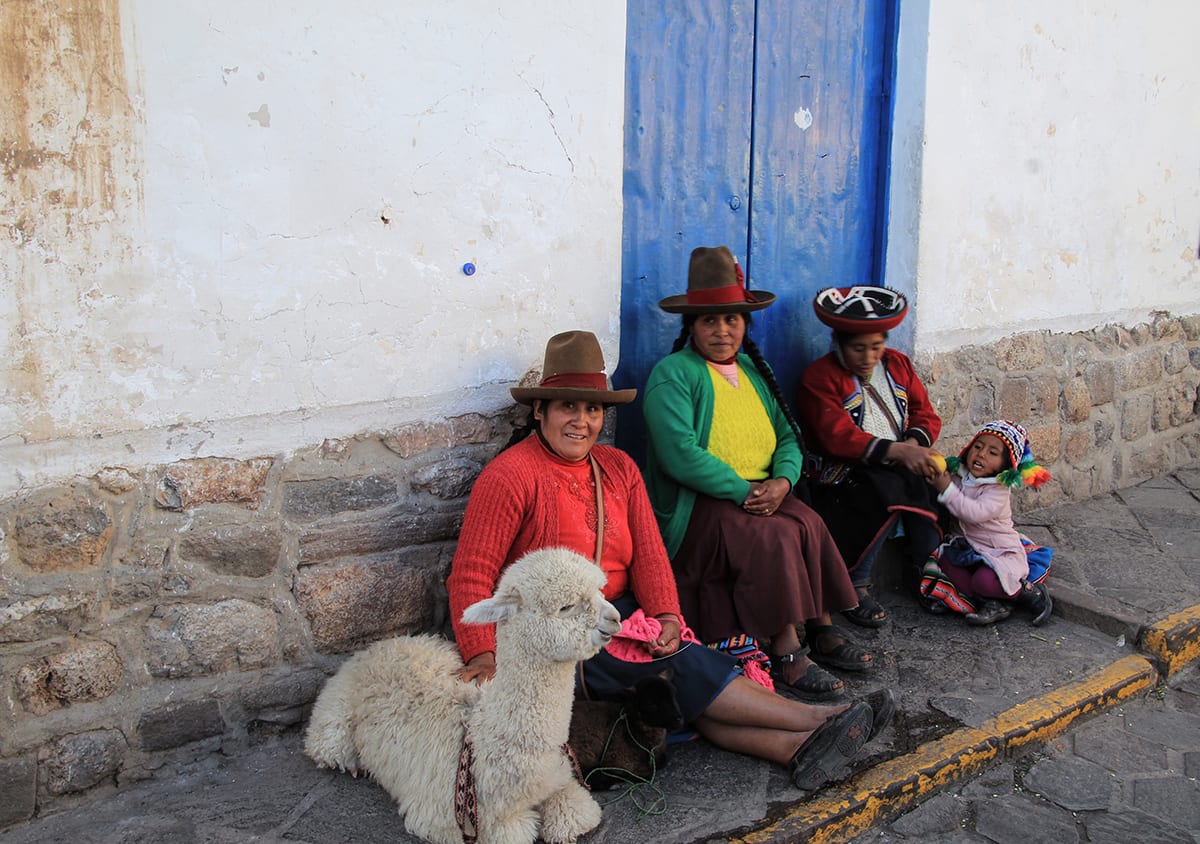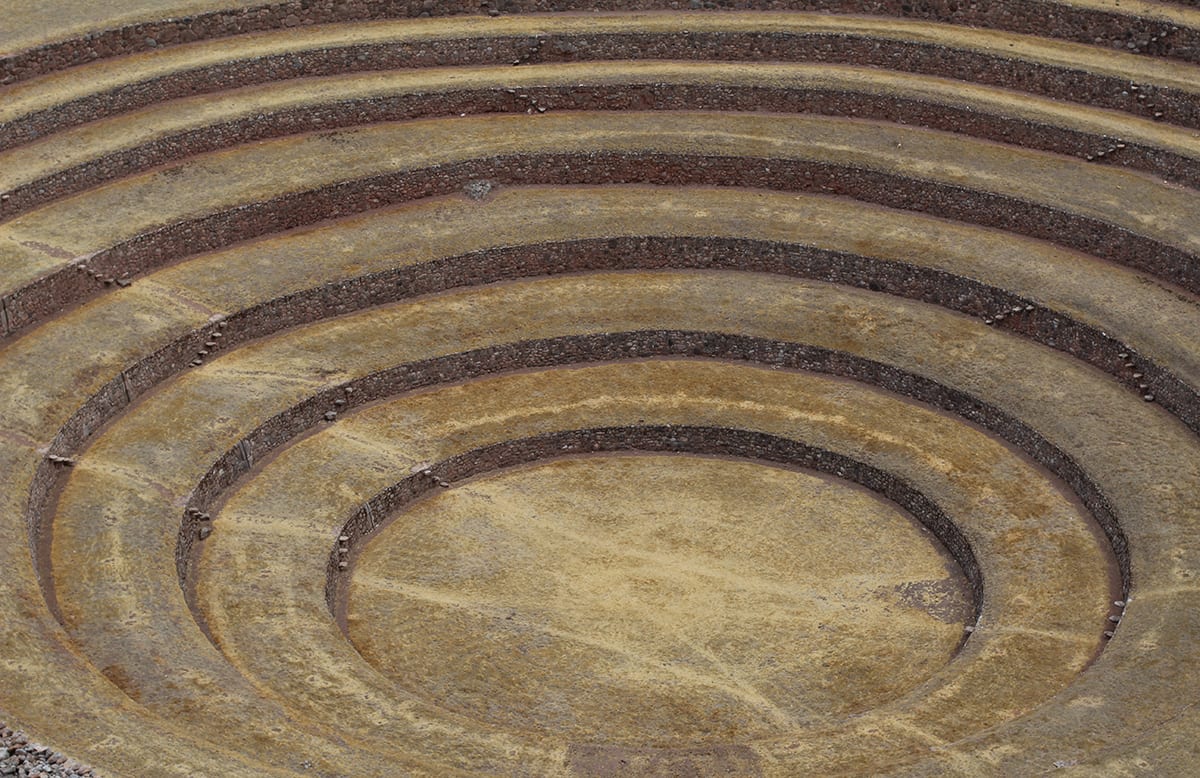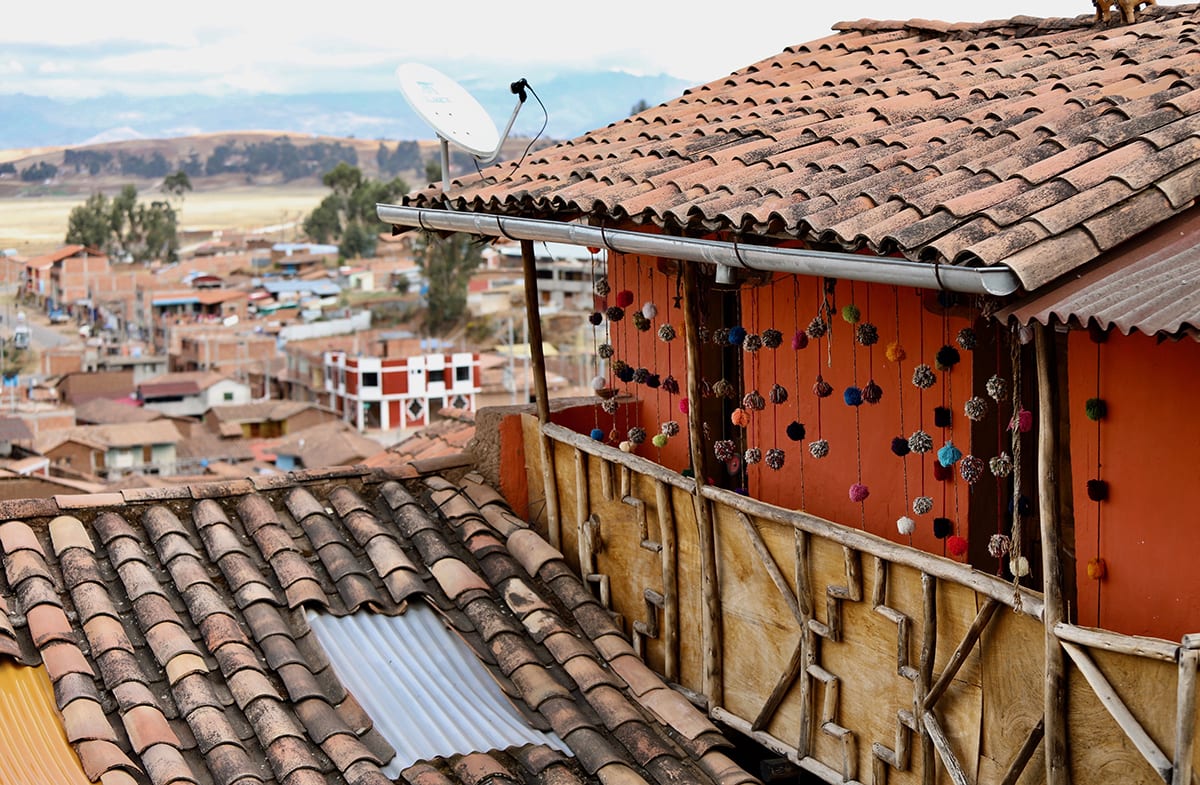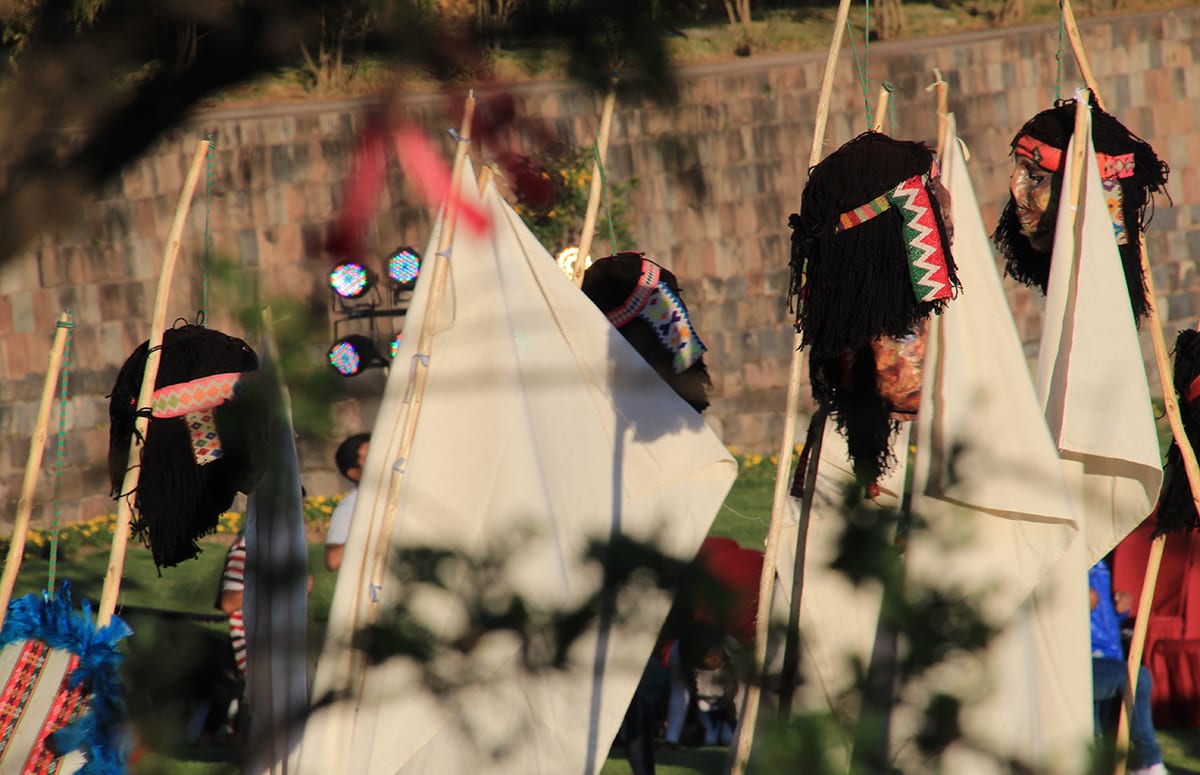While travel may be in flux due to the pandemic, this time can be used to ponder and plan your next international trip.
If you’re contemplating a sojourn to Peru, visit Cusco. Meaning “navel of the world,” Cusco was the sacred city of the Incas. With excitement as high as the elevation –11,200 feet – the sepia-toned splendor of the Plaza de Armas pulses with entertainment. The cathedrals, restaurants, rooftop taverns and parades dazzle with the backdrop of the Andes mountains encircling the city. San Pedro Market is a must-see for exotic foods, or shop in the bohemian San Blas District and pose with a baby alpaca.
Although the Spaniards’ architecture is built atop an impressive Incan foundation and preserved roads, the two cultures don’t exactly merge; they’re distinct in their imageries and influences. The Incan pride in Cusco is so strong that it seems impervious to the Spanish conquest. Many Cusqueños still speak their native language of Quechua.
The train ride to Aguas Calientes/Machu Picchu exits Cusco’s imperial city and enters the lush Urubamba Valley. Andean mountain life has remained authentic, as evidenced by pastoral scenes of farmers still practicing ancient farming rituals. The first taste of chicha, a corn-fermented beer brewed in villages, is still poured onto the earth as they proclaim, “the first taste for Pachamama,” or Mother Earth.
The train ride through the canyon is mesmerizing and historic, as Ollantaytambo was the last defensive stronghold of the Spanish conquest. Andean life flashes before your eyes as agricultural vignettes are revealed right outside your window. Relax and appreciate the scenery while taking photos. You’ll pass rivers and trees terraced along the mountains, and the lustrous valley vistas will soothe you before you embark on camping or hiking adventures.
At the Sacred Valley, visit the sites of the Incan epicenter; the experiences there seem just as significant as visiting Machu Picchu. The ruins and rituals are captivating, but the llamas and alpacas steal the show. Pisac acts as an archeological site of temples, terraces and burial grounds, and as a market. Some hike the ruins while others enjoy them from afar.
Photos by Gina Michalopulos Kingsley
Chinchero, at 12,500 feet in elevation, is the quaint village featuring a weaving cooperative and vibrant Sunday market. The colossal stone wall of the complex has trapezoidal niches and is reportedly the mythical birthplace of the very first rainbow. Maras was a personal favorite of this writer because of the inexplicable brilliance of the salt mines. Viewing it from a hilltop with llamas and Peruvians in authentic dress builds the excitement of the descent to these evaporation ponds. Nearby is the mysterious womb-shaped Moray site. Its historic purpose remains unknown, although people theorize that it was used for agricultural experimentation. The temperature differs from top to bottom within this structure, so that high-altitude plants can grow at the top while tropical plants sprout at the bottom.
On the return to Cusco, visit Sacsayhuaman. This fortress baffles visitors for its incredible masonry which seems impossible for its time. It’s believed that a meteorite may have provided the materials needed to cut stone when iron tools did not exist.
Your last stop is Ccochahuasi Animal Sanctuary. Peruvian bears, toucans, monkeys and other animals are rehabilitated here in an ethereal park setting. Ccochahuasi is truly a sanctuary rather than a zoo, and watching condors soar overhead is an awe-worthy experience.
Beyond the archeological importance, it’s the pervasive atmosphere of Peruvian pride that penetrates your soul. Cusco enters your heart and remains there.






















